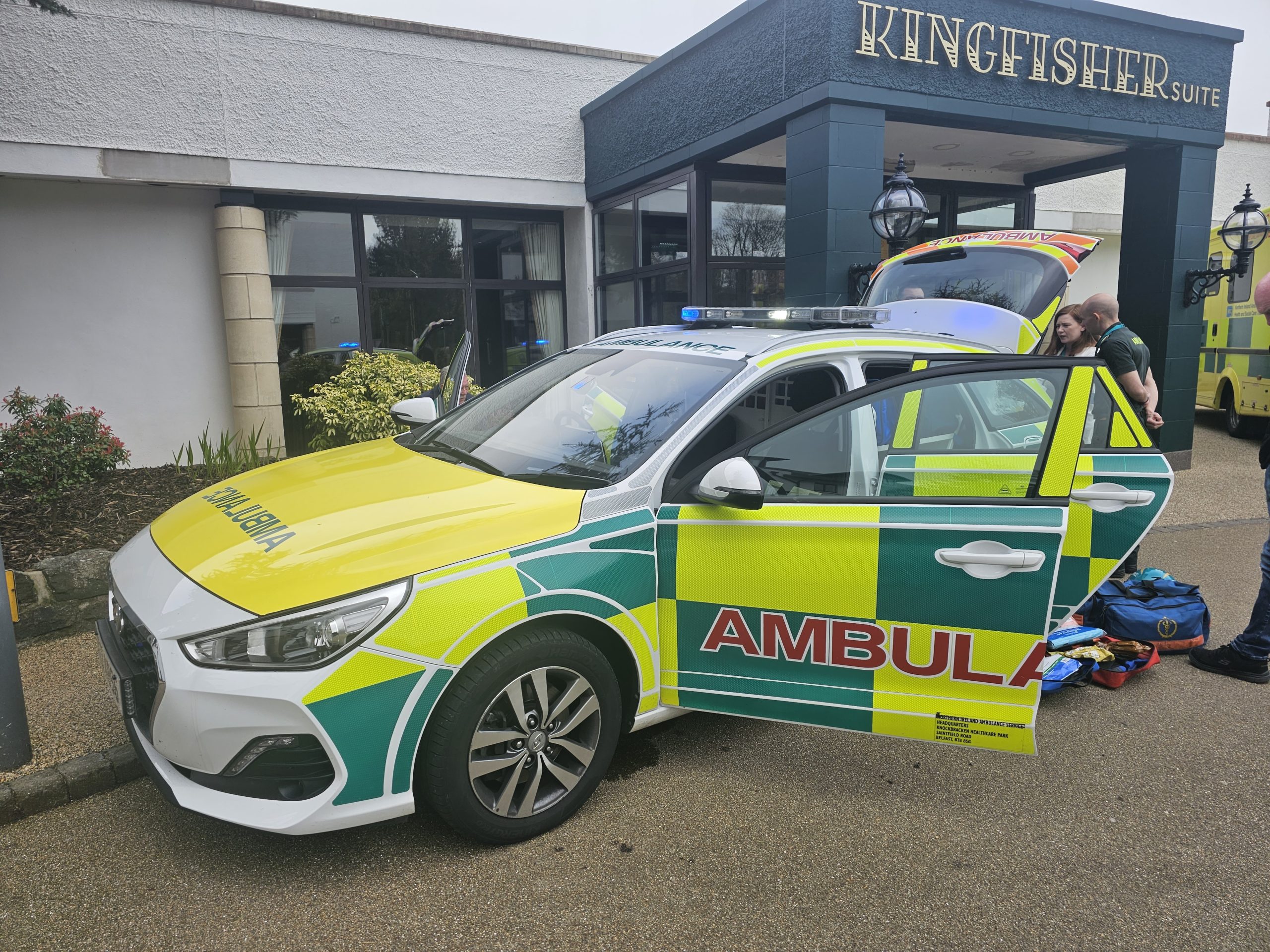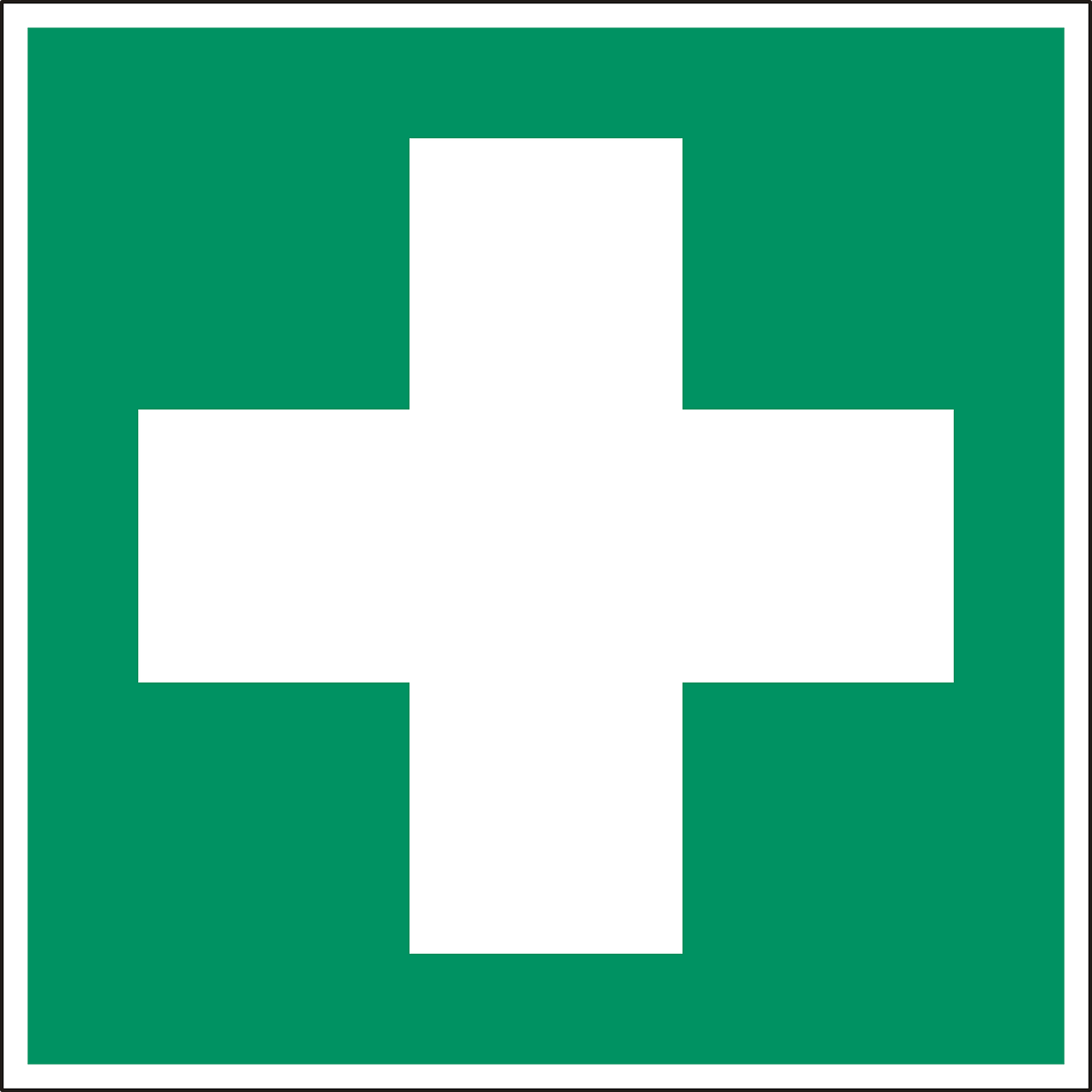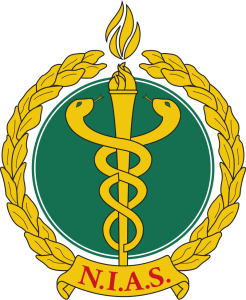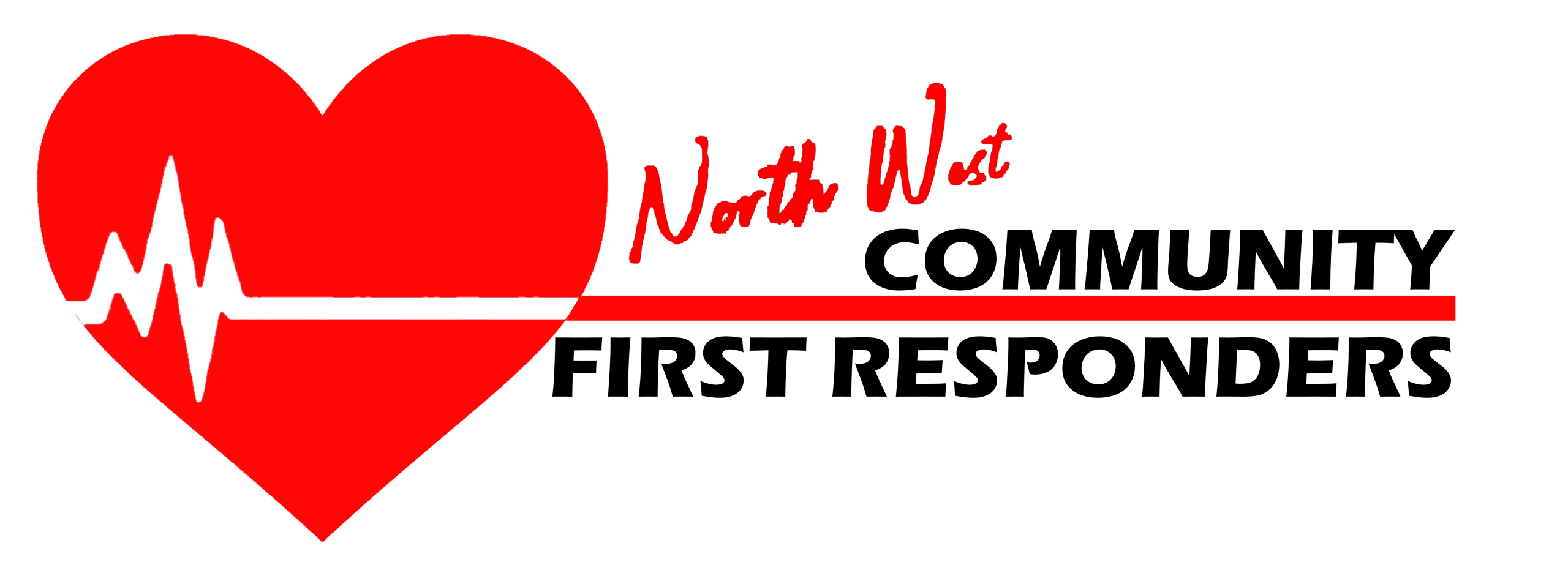At the heart of your community
Welcome to the Northwest Community First Responders Website
What is a Community First Responder (CFR) Scheme?
Community First Responder schemes are made up of volunteers who live or work within a community or village.
They are trained to attend specific 999 calls to compliment and support NIAS.
They are a vital link in the chain of survival.
Having someone in the community who is trained and can reach the patient quickly, makes all the difference.
Some of the type of Calls we attend
Heart
Chest pain, chest tightness, chest pressure and chest discomfort (angina) Shortness of breath.
A heart attack happens when there’s a reduction in blood supply to part of the heart muscle. This lack of blood flow can cause damage to the heart.
Sepsis
Sepsis is the body’s extreme response to an infection. It is a life-threatening medical emergency. Sepsis happens when an infection you already have triggers a chain reaction throughout your body. Infections that lead to sepsis most often start in the lung, urinary tract, skin, or gastrointestinal tract.
Diabetic attack
A diabetic attack occurs when your blood sugar spikes too high or drops too low. This can cause a medical emergency. A number of different conditions and factors can lead to a diabetic emergency, including ketoacidosis , hyperglycemia, and hypoglycemia.
Choking
Choking happens when an object lodges in the throat or windpipe blocking the flow of air. In adults, a piece of food is usually to blame. Young children often choke on small objects. Choking is life-threatening.
Stroke
The signs and symptoms of a stroke vary from person to person but usually begin suddenly. As different parts of your brain control different parts of your body, your symptoms will depend on the part of your brain affected and the extent of the damage.
Unresponsive,breathing not breathing
Unresponsive with normal or irregular breathing, but does not respond to any sound or touch. Unresponsive & not breathing could be a result of a medical condition (e.g., diabetes or heart condition).
Always Call 999
When to call 999 and what to do
When to call 999

It’s quite simple to remember, for life-threatening emergencies dial 999. Always call 999 if someone is seriously ill or injured, and their life is at risk. Examples of medical emergencies include (but are not limited to):
- life-threatening
- unconsciousness
- severe loss of blood
- severe burns or scalds
- choking
- fitting or concussion
- drowning
- severe allergic reactions
What should you do?
Giving first aid

In any emergency, it’s important to keep calm and avoid panic responses. Before you rush in, stop, take a deep breath, and survey the scene carefully.
Remember DRABC
- Check for any danger at thescene
- If possible make the situation safe
- Check for a response from the patient
- Check if a person is still breathing
- Call 999
- Carry out basic first aid
- Recovery position
- Give CRP if needed

999

When you call 999
When you dial 999, the first person you speak to is the Operator who will ask you which service you need.
If you ask for an ambulance, you will be put through to your local ambulance service.
An emergency call handler will then take the call and will ask you questions so that help can be arranged. The first
thing they will ask you is if the patient is breathing and awake. They will then ask what telephone number you are
calling from, the address of where the emergency is and the reason for the call.
As these details are being taken, the information appears on screens in front of our dispatchers, who will assign the
response to that call. Answering these questions will NOT delay help being arranged.
At the end of the telephone assessment, the call is given a category based on the information given by the caller.
The call handler may stay on the line, offering further practical help and advice where necessary.
NIAS Northern Ireland Ambulance Service
The Northern Ireland Ambulance Service (NIAS, Irish: Seirbhís Otharchairr Thuaisceart Éireann) is an ambulance service that serves the whole of Northern Ireland, approximately 1.9 million people. As with other ambulance services in the United Kingdom, it does not charge its patients directly for its services, but instead receives funding through general taxation. It responds to medical emergencies in Northern Ireland with the 300-plus ambulance vehicles at its disposal. Its fleet includes mini-buses, ambulance officers’ cars, support vehicles, RRVs and accident and emergency ambulances.

